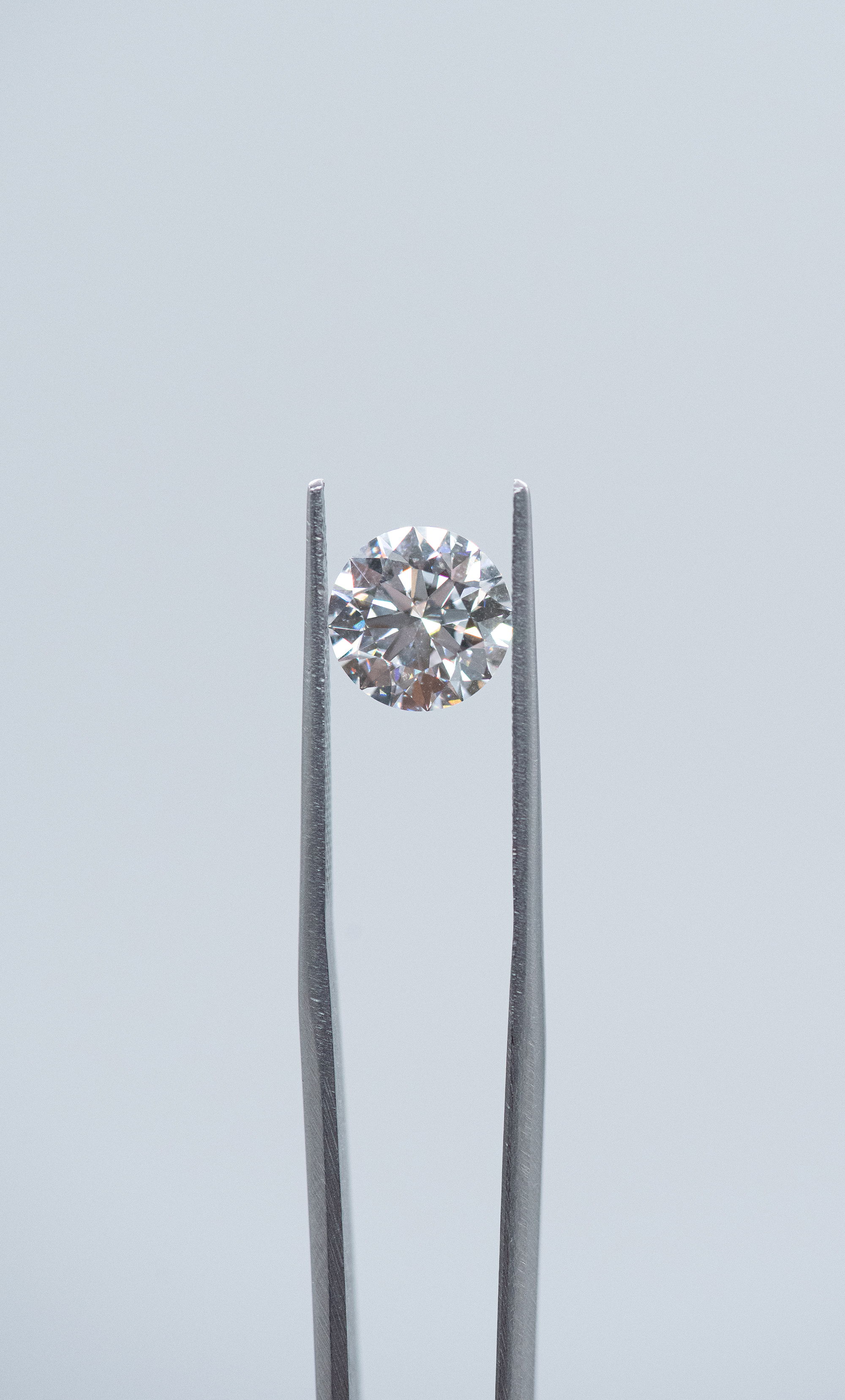But what are diamonds?

Diamond is a natural mineral whose molecular structure makes it the most precious stone in the world, and it also gives it the highest hardness among all natural materials. The process of its formation and the historical events associated with it are fascinating, accompanied by surprising facts about the discovery, mining, and uses of diamond over time.
How is Diamond Formed?
Diamonds are formed under extreme conditions of heat and pressure, deep within the Earth. They are created in the depths of the mantle, about 140 kilometers from the crust. The raw materials from which diamonds form are mainly carbon, which is exposed to high heat (around 1,200-1,500 degrees Celsius) and immense pressure (about 45,000 to 60,000 times the normal atmospheric pressure). Under these extreme conditions, carbon creates its unique structure, where each carbon atom is bonded to other carbon atoms with exceptionally strong bonds.
When was Diamond First Discovered?
Diamond was mentioned in ancient cultures, though its true nature was not always clear. The understanding that it is an exceptionally precious mineral gradually spread. The discovery of diamonds as a natural mineral was first documented in India, which remained a major source of diamonds until the 18th century. Ancient findings show that diamond processing began as early as around 2,000 years ago, when India was the region where the first diamonds were mined.
Special Diamonds and Interesting Historical Facts
• The Largest Diamond – The largest diamond ever found is the “Cullinan” diamond, discovered in 1905 in South Africa. The diamond weighed 3,106 carats (equivalent to 1.37 kilograms), and it was so large that it was cut into several pieces, with each piece becoming a precious stone in its own right. Parts of this diamond now adorn the crowns of the British monarchy.
• The Historic “Star of Africa” Diamond – This is one of the largest gemstones in the world, cut from the Cullinan diamond. It is currently part of the British Crown Jewels and has become one of the symbols of British imperial nobility.
Methods of Diamond Mining
Diamond mining is a large and important industry worldwide, and there are several main methods used for mining them:
1. Alluvial Mining – This method involves mining diamonds from alluvial deposits. This process requires deep excavation since, as a result of the conditions in which the diamond was formed, it is sometimes found deep within the earth.
2. Open-Pit Mining – In this method, a deep pit is dug in the earth and the diamond-bearing deposits in nearby reserves are sought.
3. Marine Diamond Mining – In advanced methods, diamond mining is also carried out at sea, using specialized equipment to extract stones from the sea bed.
Diamond Mining Locations Around the World
The countries where diamond mining takes place are mostly those rich in natural reserves. The main mining sites include:
1. South Africa – One of the leading countries in diamond mining, with large mines such as the Kimberley mine, which served as a major source of diamonds for decades.
2. Russia – Russia holds enormous diamond reserves, mainly in the Siberian region. About 30% of the world’s diamond production comes from Russia.
3. Canada – Canada has become one of the major players in diamond mining, especially since the discovery of the “Diavmond King” and “North Diamond” mines located in the northern part of the country.
4. Australia – Australia also contributes to diamond mining, notably from mines like the Argyle mine, famous for the unique pink diamonds it produces.
Diamond is not only a precious and stunning stone but also a product of amazing geological processes. The history of diamonds, their fascinating discoveries, and the various mining methods make diamond a stone that is not only beautiful to our eyes but also full of deep historical and geological significance.